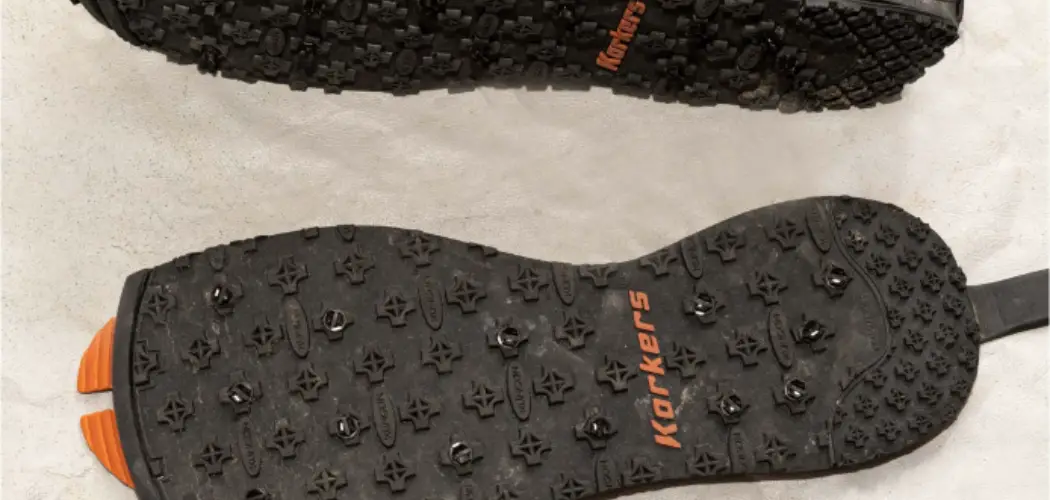Wading boots are crucial to your fly fishing gear. They provide protection, support, and traction while you wade through the water and hunt for fish. However, if your wading boots are not sized properly, you might have blisters, sore feet, or even slip and fall in the water. That’s why knowing how to size wading boots correctly is essential. In this blog post, we will guide you through all the necessary steps to find the perfect fit for your wading boots.
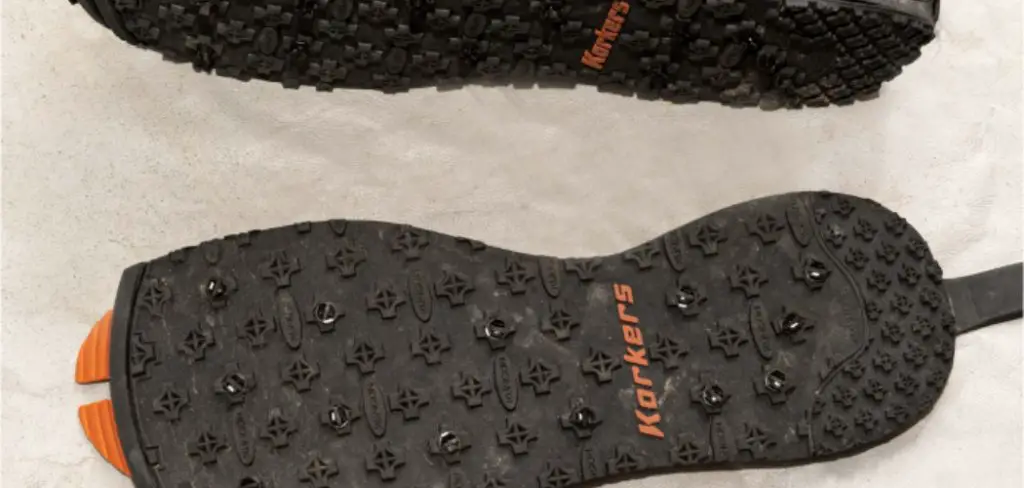
Can You Size Wading Boots?
The right wading boots can make all the difference when enjoying nature. However, getting the wrong-sized boots can lead to a painful and frustrating experience. So, can you size your wading boots? Absolutely! You may need to do some research or try on a few pairs to find the perfect fit, but it’s definitely worth it.
Finding boots that fit just right can help keep you safe and comfortable while exploring. Plus, it will make the experience all the more enjoyable when you can move easily and confidently. So, don’t be afraid to take the time to find the right size for you – it’ll pay off in the long run!
Why Should You Size Wading Boots?
When it comes to fishing, having the right gear is essential to ensuring a successful and enjoyable experience. That’s why sizing wading boots is crucial in preparing for your next adventure on the water. Sizing your boots correctly ensures comfort and support and helps prevent injuries and accidents.
Ill-fitting boots can cause blisters, sores, and discomfort, cutting your fishing trip short. Properly sized boots also offer better ankle support in uneven or slippery terrain, minimizing the risk of falls and injuries. So, whether you’re a seasoned angler or a beginner, taking the time to properly size your wading boots is a small yet crucial step that can make a big difference in your fishing experience.
How to Size Wading Boots Perfectly for Fly Fishing
1. Take Accurate Measurements
The first step in sizing your wading boots is accurately measuring your feet. Make sure to wear the same kind of socks you plan to use while fly fishing. Measure both feet with a Brannock device or a tape measure. Note down the length and width of your feet. Keep in mind that wading boots must fit snugly but not too tight. They should allow room for thick socks and some movement but not so much that your feet slide around.
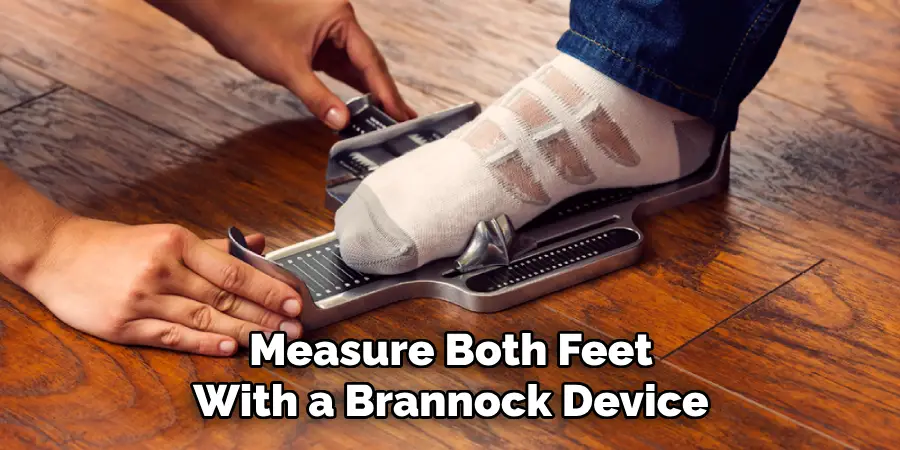
2. Try on Multiple Brands and Styles
Don’t settle for the first pair of boots that fit your measurements. Remember that different brands and styles have different sizes and fits. Try on several pairs of wading boots from different brands and styles. Walk around in them, wiggle your toes, and bend your feet to see how they feel. The boots should cradle your feet and ankles without any rubbing or pinching. Look for boots with adjustable laces or straps to fine-tune the fit.
3. Consider the Type of Fishing You Do
The type of fishing you do also plays a role in selecting the right size of wading boots. For example, if you predominantly fly fish on rocky rivers with strong currents, you may need a sturdier and more supportive boot with ankle padding.
On the other hand, if you mostly fish in shallow lakes or ponds, you could opt for a lighter and more flexible boot with good traction. Consider the water temperature, depth, and bottom surface, and choose a boot that suits your fishing needs.
4. Check the Sole Material and Compatibility
The sole material and compatibility are another critical factor to consider when sizing wading boots. Wading boots come with different sole types, such as felt, rubber, or a combination. The soles affect traction, durability, and safety.
Felt soles provide excellent grip but can harbor invasive species and damage ecosystems, so some regions ban them. Rubber soles are more eco-friendly and versatile but may not grip as well on slippery rocks. Ensure the soles of your chosen boots match the type of terrain and fishing regulations in your area.
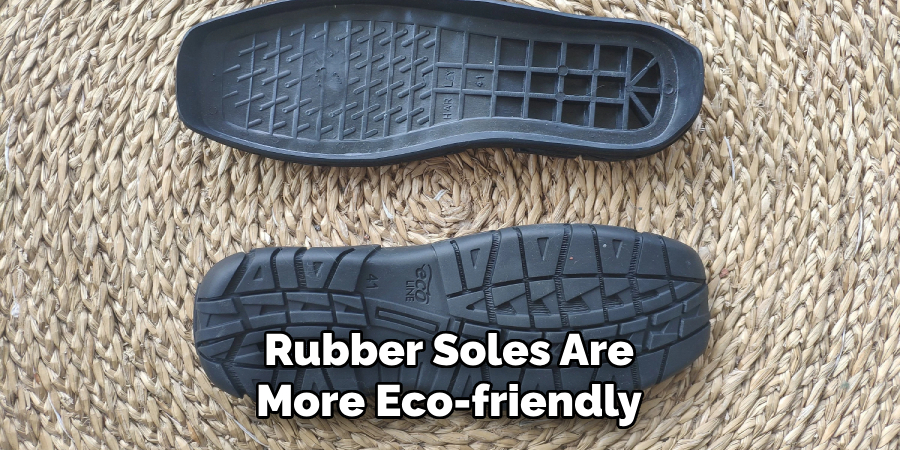
5. Test the Boots in the Water
Once you have narrowed your options and picked a pair of wading boots that fit well, it’s time to test them in the water. Find a shallow stream or pond, put on your waders and boots, and step into the water. Walk around on the rocks, sand, or mud, and observe how your boots perform. Are they comfortable? Do they provide good traction? Do they stay on your feet? If you notice any issues, go back to step two and try a different brand or style.
6. Pay Attention to the Price
Before purchasing, compare the price with other brands and styles. Quality wading boots usually cost more than regular hiking shoes, but they are worth the investment. Ensure you don’t compromise on quality for an attractive price tag; look for features such as waterproofing, adjustable straps or laces, and durable soles.
7. Seek Professional Advice
If you are still unsure how to size wading boots, seek professional help from an experienced fly fisherman or retailer. They can advise you on the best type and size of wading boots. If possible, ask them to fit the boots for you; this will ensure a snug and comfortable fit.
Following these tips will help you find a pair of wading boots that is comfortable, supportive, and fits well. With the right boots, your fly-fishing trips will be much more enjoyable!
5 Considerations Things When You Need to Size Wading Boots
1. Fit
Regarding wading boots, fit is one of the most important considerations. You want to ensure they fit snugly but not too tight, which can lead to discomfort and blisters. It’s also important to ensure the boots have enough room for your feet to move around when walking. Additionally, ensure that the ankle area of the boot has enough support so that your foot does not slip out while you are wading.
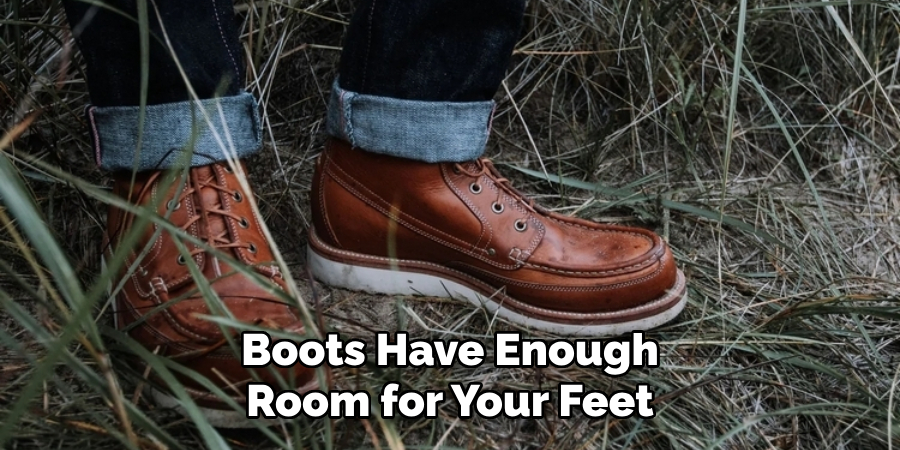
2. Weight
Another consideration when looking for wading boots is weight. If you plan on hiking or backpacking with your boots, it’s important to find a pair that is lightweight and comfortable. This will help reduce fatigue on long hikes and make carrying your gear easier. Additionally, lighter-weight boots are usually more breathable, which can help keep your feet cool and dry in hot weather.
3. Durability
Durability is also important when choosing wading boots, as they need to withstand harsh conditions such as rocks and mud without wearing down quickly. Look for boots made from high-quality materials such as leather or synthetic materials designed to last through multiple seasons of use. Also, check for reinforced seams and stitching so your boots don’t fall apart after only a few uses.
4. Waterproofing
When looking for wading boots, it’s important to consider waterproofing features. Many styles of wading boots come with a waterproof lining or coating that helps keep water out while still allowing air so your feet stay dry and comfortable all day.
Look for styles with durable rubber soles that provide extra protection against moisture seeping into the boot from underneath and prevent slips on wet surfaces while you’re fishing or hiking around streams or lakeside trails.
5 Traction
Finally, traction is another key feature when selecting wading boots since it helps prevent slips and falls on wet surfaces such as rocks or mud banks near rivers or streams where you’ll be fishing or exploring outdoors in wet conditions. Look for styles with thick rubber soles that provide good grip on slippery surfaces so you can feel more secure while navigating tricky terrain near bodies of water without worrying about slipping or sliding around in your footwear.
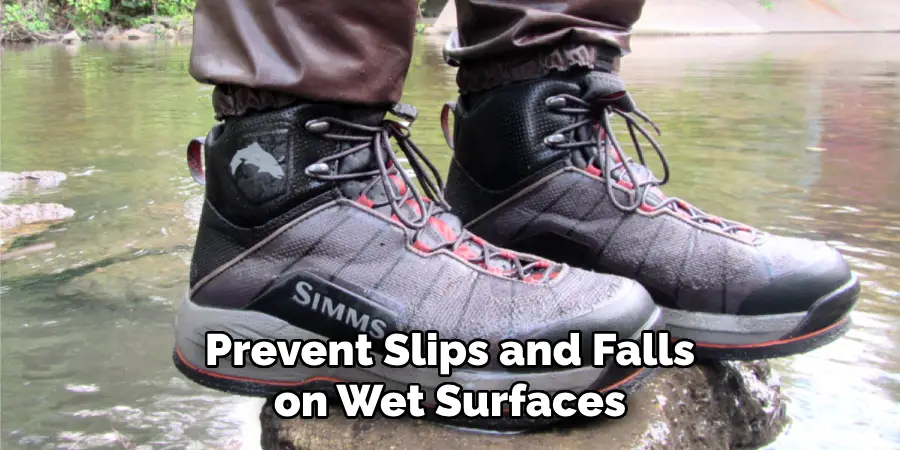
Once you’ve considered all these factors, you should be well on your way to finding the perfect pair of wading boots that fit comfortably, provide good traction and support, and protect you from wetness while fishing in or near bodies of water. So go forth and start exploring!
Benefits of Size Wading Boots
When it comes to fly fishing, having the right gear is crucial. One piece of equipment that many anglers overlook is their wading boots. However, investing in the right size wading boots can make a world of difference in your fishing experience.
Not only do they offer better support and traction, but they also protect from sharp rocks and other hazards in the water. Additionally, properly fitted wading boots help prevent fatigue, allowing you to stay on the water longer and catch more fish. With all these benefits, it’s clear that size-wading boots are a must-have for any serious angler.
Some Common Mistakes People Make When Trying to Size Wading Boots
The thrill of standing in a rushing river, casting a line, and reeling in a fish can be a truly exhilarating experience. But, before heading out on your next fly fishing adventure, ensure your wading boots are sized correctly. One common mistake is assuming that the same size they wear in street shoes will work for wading boots.
However, wading boots are designed to be worn with thick wader socks, which can add bulk. Another mistake is not taking into consideration the shape of your feet. Wading boots should fit snugly but not too tight, as this can lead to blisters and injury. Finally, don’t forget to consider the wading you’ll be doing and the level of support you need. Taking extra time to find the right fit can make all the difference in enjoying your time on the water.
Conclusion
Sizing wading boots for fly fishing is a crucial step that can impact your comfort, safety, and success on the water. Following these five tips, you can select a pair of wading boots that fit perfectly and meet your fishing needs.
Remember to take accurate measurements, try on multiple brands and styles, consider the type of fishing you do, check the sole material and compatibility, and test the boots in the water. With the right-sized wading boots, you can concentrate on casting, hooking, and landing your prize trout or salmon without worrying about foot issues. Thanks for reading our post about how to size wading boots.

